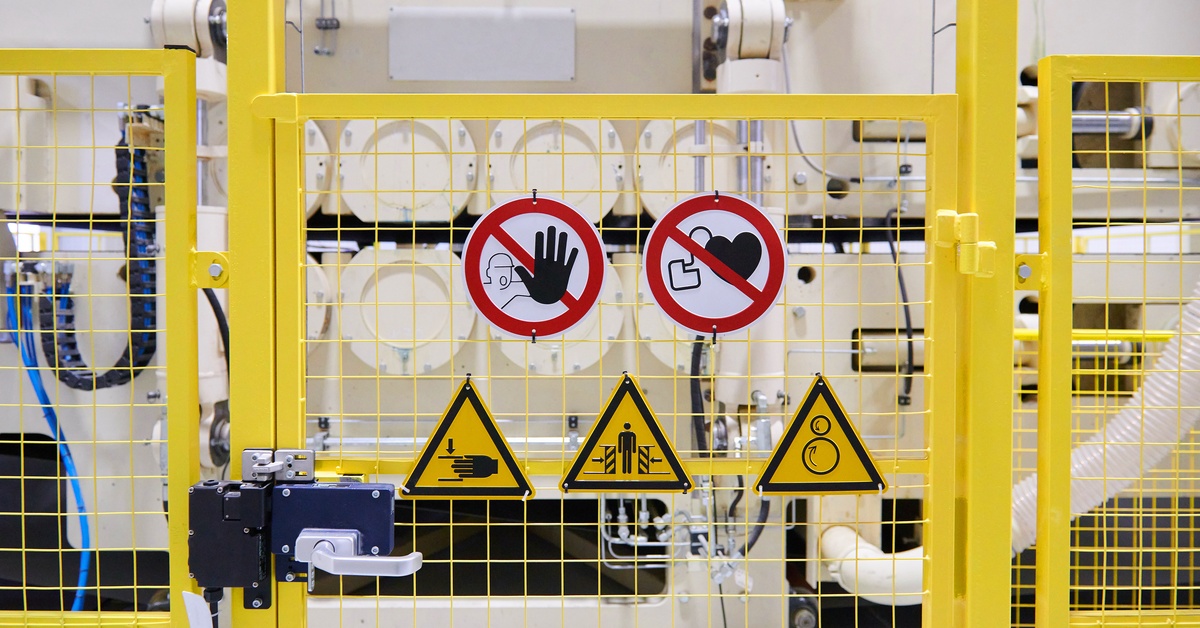
Manufacturing warehouse workers operate heavy-duty equipment that puts both the system and the user in harm’s way. As a solution to these dangerous conditions, many facilities install machine fencing to block flying scraps of materials and isolate hazardous machinery. To mitigate errors, consider these factors when installing machine safety fencing in your facility.
Before installing machine safety fencing, assess your equipment and overall workspace layout. Map out machine specifications, operational hazards, and the space required for maintenance access.
A poorly planned layout could hinder workflow and create congestion during production. To prevent these issues, give the fencing ample clearance between workers and hazardous equipment and allow for quick operator intervention.
The fencing material you choose affects the durability and protection of the structure. Aluminum is a lightweight, corrosion-resistant fence for less heavy-duty applications.
Consider the facility’s environment, too. Dusty or wet conditions may demand special fencing coatings or materials to prevent damage over time.
Every industry follows strict safety regulations, including OSHA (Occupational Safety and Health Administration) standards. Machine guarding must meet criteria such as height, surface material, and opening dimensions to protect operators effectively.
Noncompliance endangers workers and exposes your facility to potential fines or shutdowns. Familiarize yourself with standards according to your industry. Verify the fence meets these requirements.
Another factor to consider when installing machine safety fencing is to plan ahead for repairs. While safety fencing restricts access to hazardous areas, it shouldn’t impede maintenance tasks or upgrades.
Incorporate a fence design that includes access points like removable panels, hinged doors, or sliding gates for quick entry. This setup allows operators to troubleshoot machinery efficiently without dismantling the entire fencing system.
Operators and supervisors must be fully aware of the facility’s surrounding processes at all times. For enhanced visibility, consider using transparent materials like polycarbonate panels or mesh fencing.
Additionally, bright colors and warning labels on key sections of the fencing can bring attention to potential risks. This will make employees more aware that they’re stepping into hazardous zones.
Manufacturing businesses constantly adapt equipment and workflows. To minimize downtime, modular safety fences provide flexibility by allowing you to expand or reconfigure sections quickly without extensive overhauls. Scalable designs save costs and equip the facility with the resources to handle new challenges as operations grow.
To establish custom machine guarding according to your warehouse’s needs, partner with A-Line Automation. Our specialists will help you design a machine guard that fits around your equipment and keeps your staff safe. To learn more about the process, reach out today!